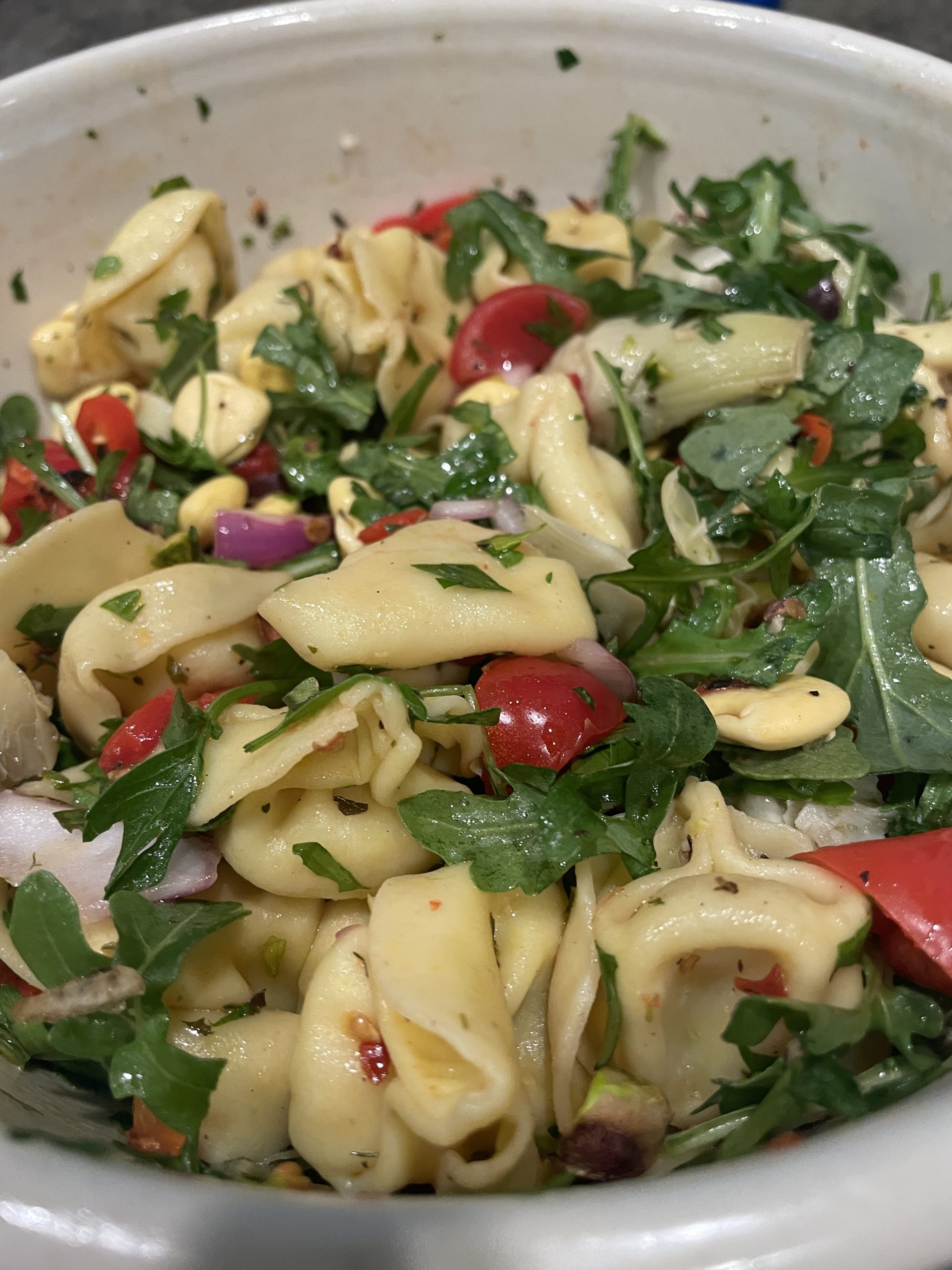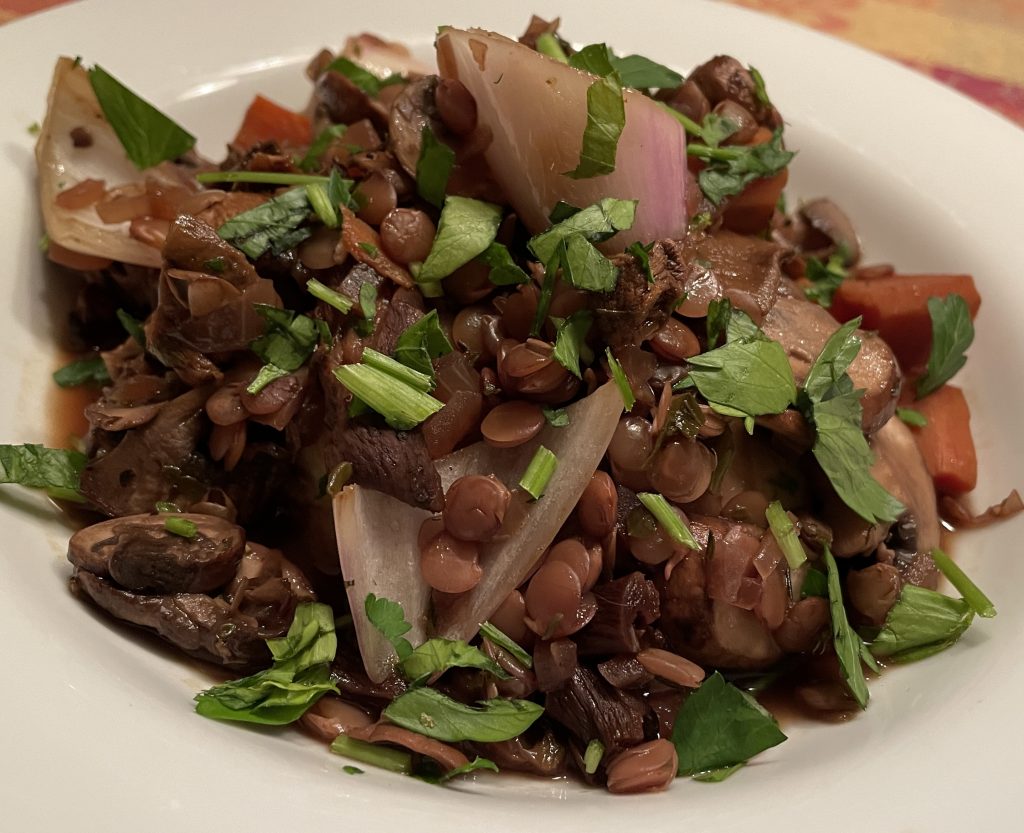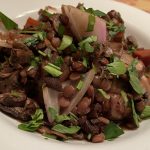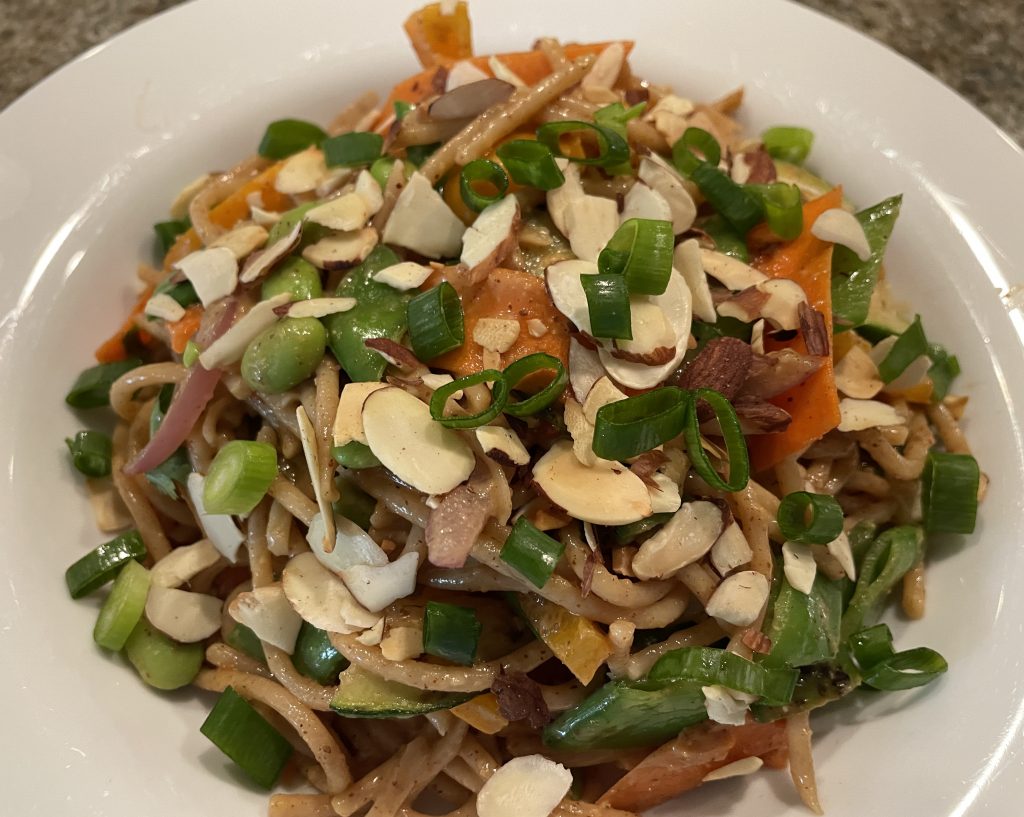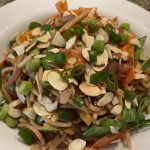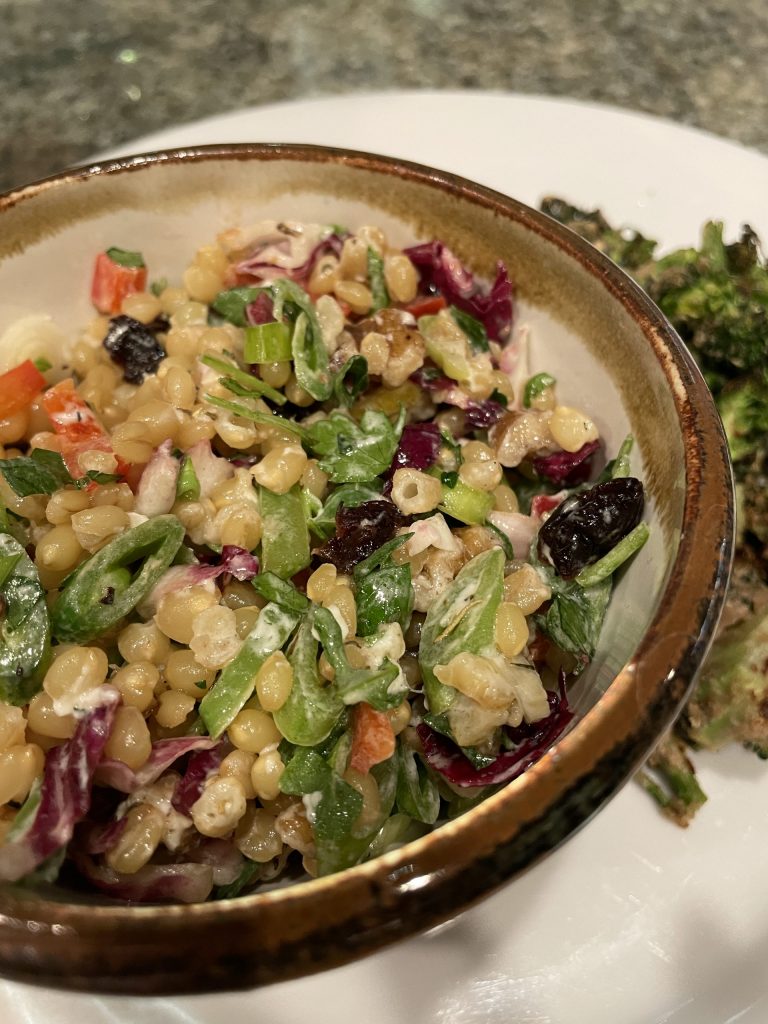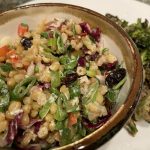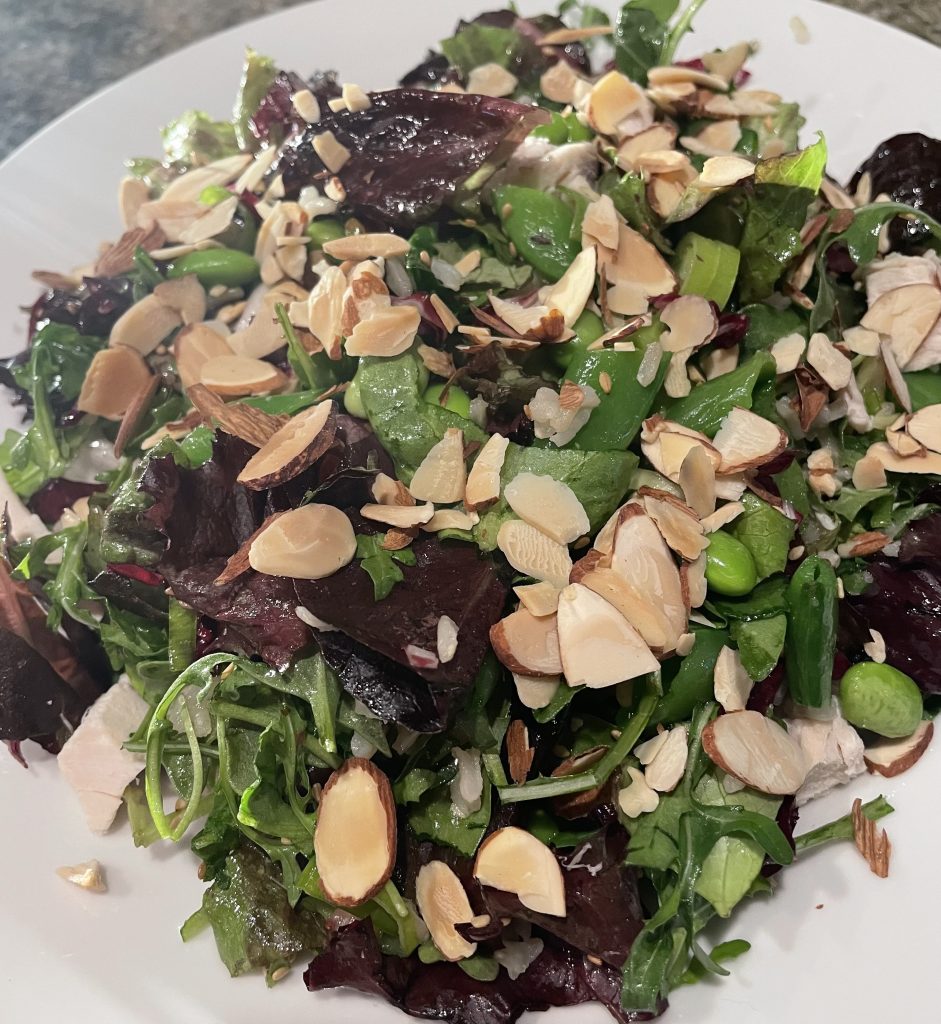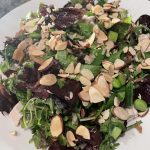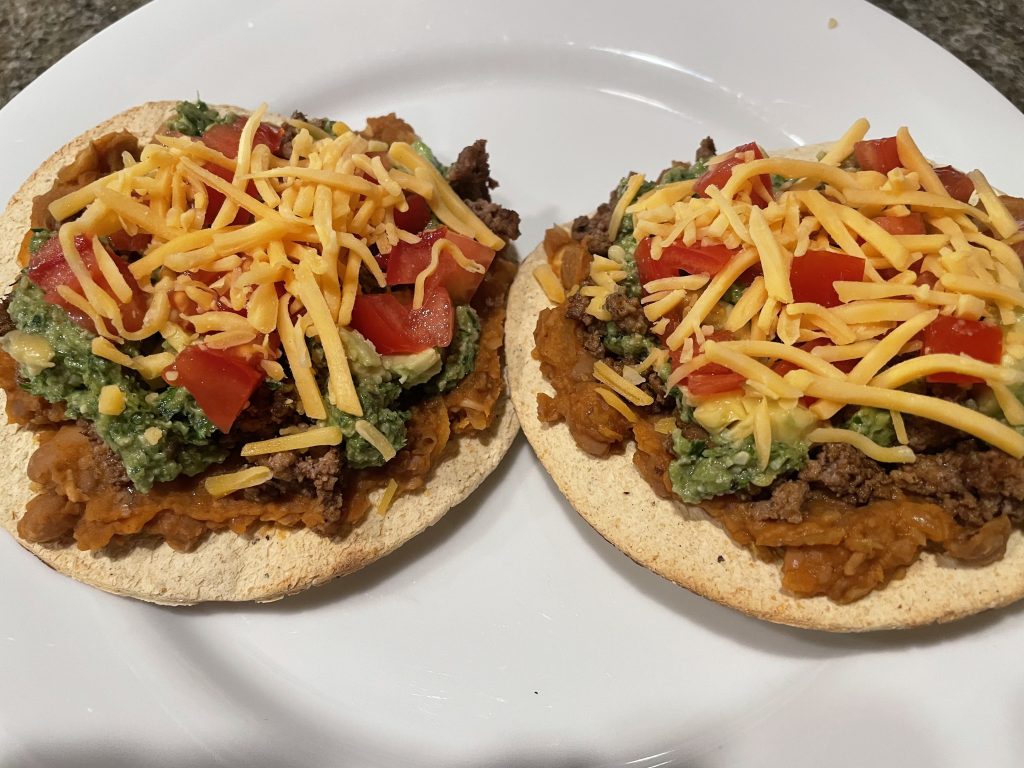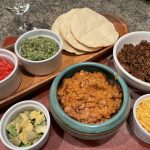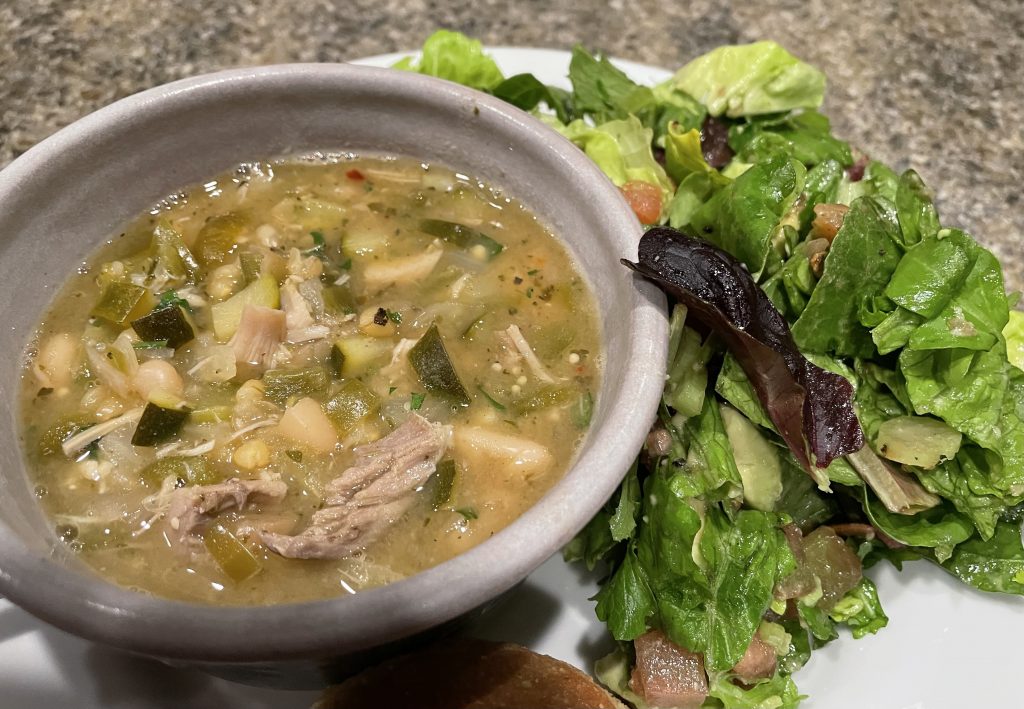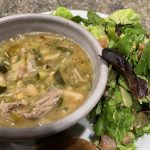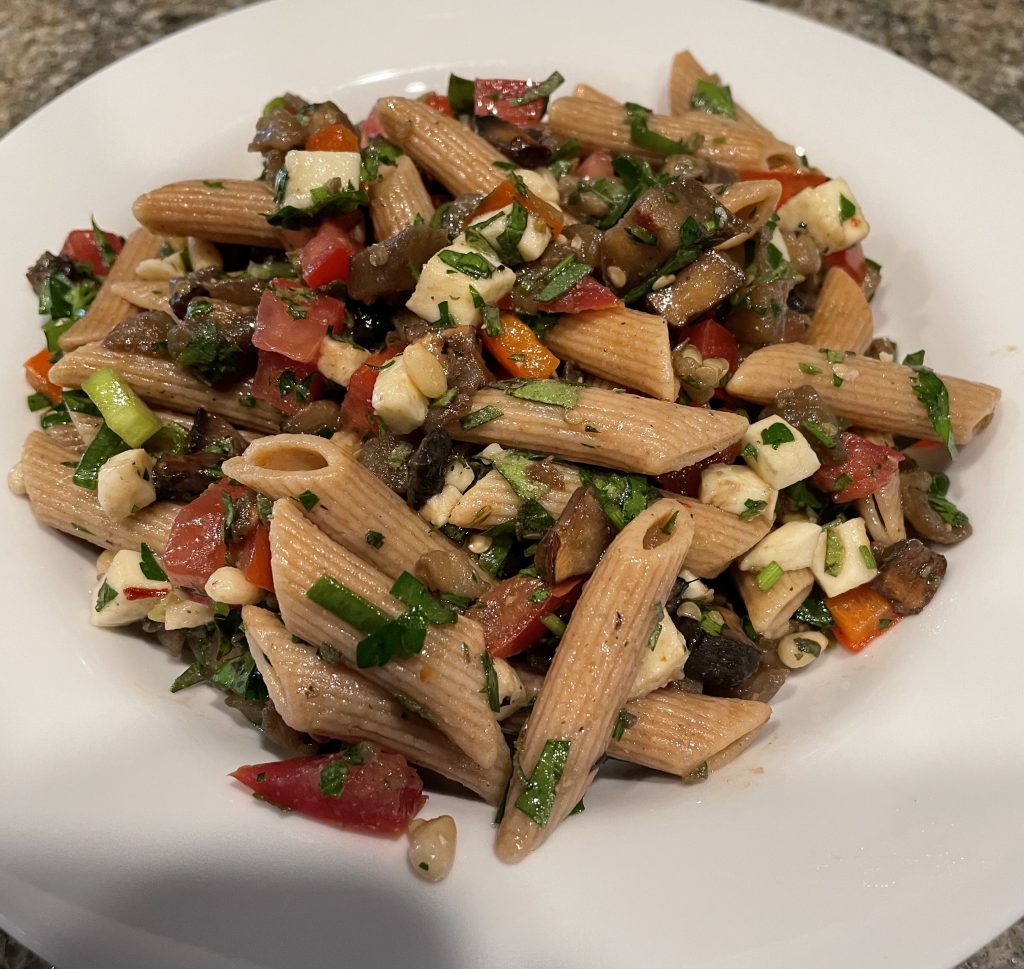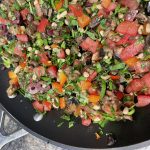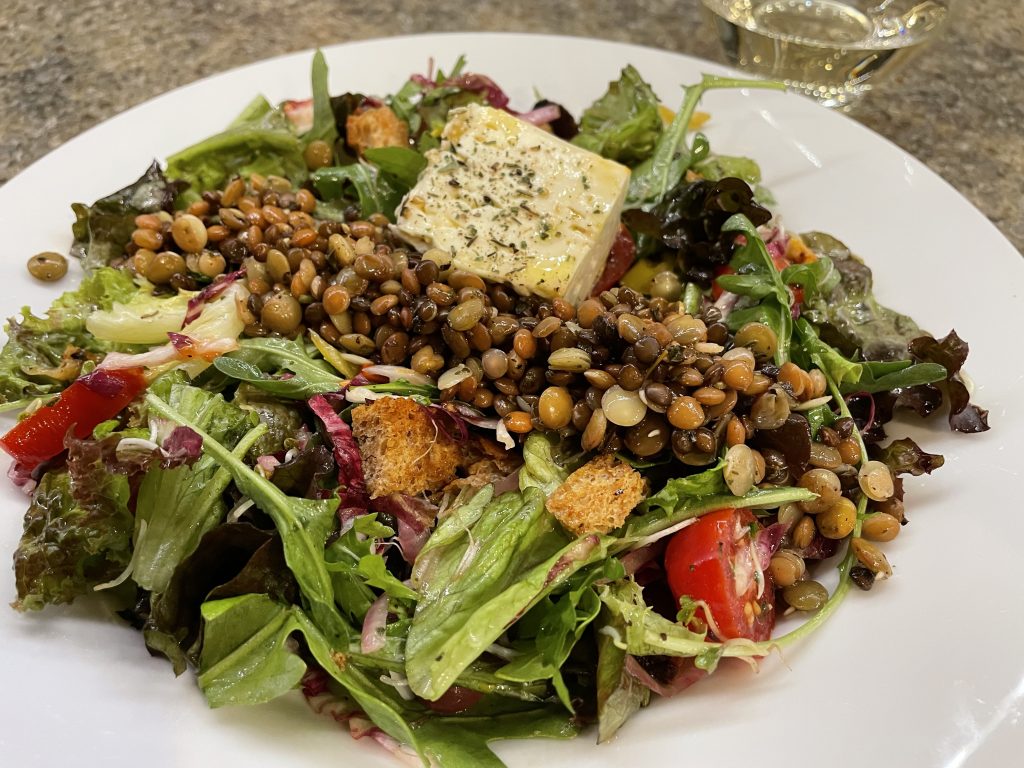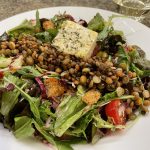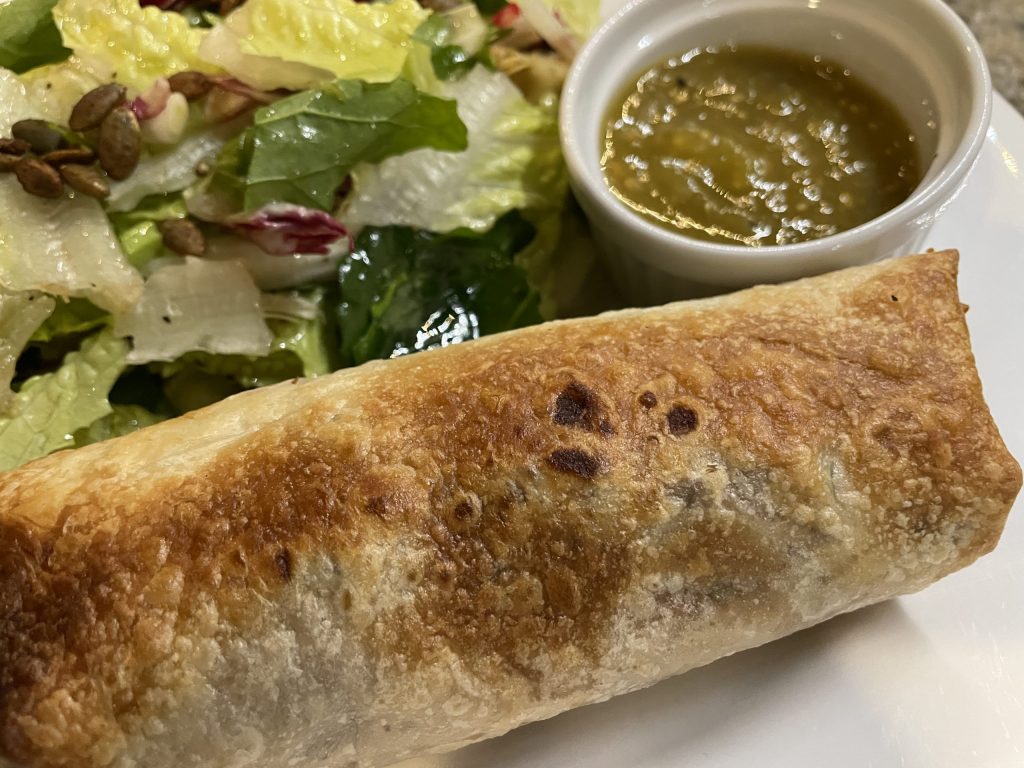
Sonoran style flour tortillas are seriously addictive. The Spanish brought wheat flour to the area in the 1500’s. The natives began preparing soft thin breads, considerably more flexible than corn tortillas. Over generations, Sonoran cooks perfected large, paper-thin flour tortillas, with layers that puff and crisp when heated. They remind me, however inexplicably, of the crisp layers of a beautifully laminated croissant. Yet they contain only flour, water, oil and salt.
I have observed the “tortilla lady” at my local Mexican restaurant take a biscuit sized ball of dough and toss it back and forth repeatedly between her hands, somehow stretching the dough out until paper thin and slapping against her forearms. She tosses it onto the hot comal with nary a wrinkle, flips it seconds later and then it’s done, chewy with puffy crisped spots. Have I tried this? of course I have. Unfortunately I am not the tortilla lady… and am more than happy to pay for someone else to make them. They are a prime ingredient of my air-fryer chimichangas.
While you should definitely try a Sonoran style flour tortilla given the opportunity, I caution you about the consequences. Because you’ll never again be happy with what you can buy at the grocery store. I discovered these babies decades ago, when in graduate school at the University of Arizona. After graduation I moved back to Ohio, but the tortillas continued to call. As did my friends; I returned for spring break visits many times. A trip out west always involved a trip to a local tortilleria, where I’d purchase a bag of freshly made flour tortillas. Smuggled home in my suitcase, a cheese crispy would be bubbling in my home oven that evening no matter the lateness of my flight.
It was also in my relatively thin grad school days that I tried my first chimichanga, basically a deep fried burrito. Legend has it that in the 1920’s, Monica Flin of the well-known Tucson based El Charro restaurant accidentally dropped a burrito into the deep fryer. And a star was born. Crispy, golden and flaky with whatever fillings you might desire. Given my ever present digestive difficulties, I had not enjoyed a chimichanga for many years; all that fat would simply take up residence in my stomach, leaving me quite uncomfortable. Not to mention the addition to my thighs…
And then the air fryer arrived. The tortilla wrapped package is lightly coated with cooking spray and popped into the air fryer. The hot convection currents partner with the tortillas to make magic- a crisp and golden, yet light, chimichanga. One that I can not only digest, but that is also much better for me than the deep fried version. I most often fill them with a meaty mixture of seasoned walnuts, mushrooms, pinto beans and cheese. Chopped meat of choice can be added, if desired. Store bought flour tortillas will still offer up a crisp exterior, but may be too thick to easily wrap around the filling. If so, the filling can be spread over one half of the tortilla, with the other half folded over it before air frying or griddling, to make a quesadilla. They will still bubble and crisp in the air fryer.
Really, I’d enjoy these tortillas with just about any vegetable forward filling-but this is my favorite of the moment. Crisp, spicy and cheesy. All of my favorite things.
Walnut Pinto Bean Air-Fryer Chimichangas
Ingredients
- 6 thin, 12-inch flour tortillas
- 1 cup coarsely chopped walnuts
- small handful cilantro leaves
- 2 tsp water
- 1/2 tsp chili powder
- 1/2 tsp chipotle chili powder
- pinch salt and pepper
- 1/2 cup onion, chopped
- 8 oz mushrooms, chopped
- 1 tbsp olive oil
- 1 14-oz can pinto beans, drained and rinsed
- 1 chipotle pepper in adobo sauce
- 1 tbsp balsamic vinegar
- 2 tbsp water
- 1/4 tsp salt
- 3/4 cup grated Cheddar cheese
- Cooking oil spray
Instructions
- Place the walnuts, lime juice, cilantro, 2 tsp water, the chili powders, salt and pepper into the work bowl of the food processor and pulse til the mixture is cru
- Saute the chopped onion and mushrooms together in the tablespoon of olive oil over medium high heat until the onion is softened and the mushrooms have given up their liquid. Add to the bowl with the nut mix and stir to combine.
- Place the pinto beans, chipotle pepper, vinegar, water and salt into the work bowl of the food processor and blend until it’s a smooth puree.
- Put the tortillas out flat on a work surface. Place scoops of both the bean and nut mixtures down the center of each tortilla, dividing evenly. Top with a tablespoon of grated cheese. Fold in the sides, then roll to enclose the fillings. It should look like an burrito.
- Spray each chimichanga on all sides with oil. Place in the air fryer basket, as many as it will hold, depending on the style of your air fryer. Air fry at 375 degrees for 7-8 minutes, flipping halfway through. The chimichangas are done when brown and crispy. Serve right away with your salsa of choice.
Notes
- Calories: 407
- Fat: 20 g, 3.5 saturated
- Cholesterol: 17 mg
- Carbohydrate: 43 g, 6.5 g fiber
- Sodium: 750 mg
- Protein: 16 g


